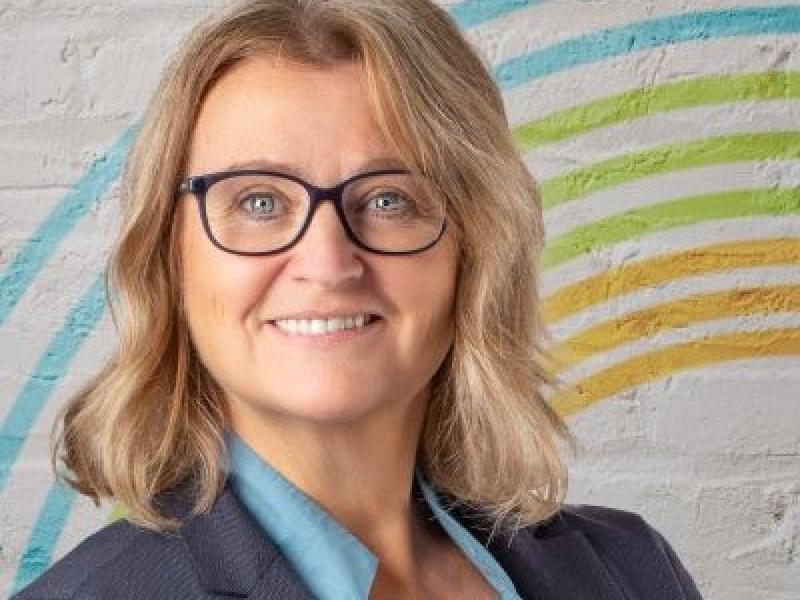
The Quest carbon capture and storage facility near Fort Saskatchewan, AB. (Courtesy Shell Canada)
The Quest carbon capture and storage facility near Fort Saskatchewan, AB., has captured hundreds of thousands of tons more carbon than originally forecast, and is operating at a 35 per cent lower cost than anticipated, according to data provided by Shell Canada Ltd.
The facility, which went into operation in November of 2015, has captured more than five million tons of carbon. That’s equivalent to the annual emissions of 1.25 million cars.
It was designed to capture, transport and then store about a million tons annually of CO2 from oil sands operations. The carbon is stored more than two kilometres underground in a sandstone rock reservoir.
The company says Quest has exceeded its forecast targets thanks to an excellent storage reservoir with significant capacity for CO2 injection, and strong capture reliability with less than one per cent of downtime.
Alberta is an ideal location for CCS, Shell says, due to deep saline aquifers and depleted oil fields providing extensive options for “safe underground CO2 storage”.
“Widespread adoption of carbon capture and storage is one of the key solutions the world needs right now to help solve the climate challenge,” said Michael Crothers, president and country chair for Shell Canada, in the announcement. “In its fifth year operating, Quest continues to be a thriving example of how carbon capture and storage is working; showing it can make a significant contribution to lowering CO2 emissions and at a lower cost than anticipated.
“Our expertise, regulatory frameworks and geology make Alberta an ideal place to continue developing CCS technology.”
Shell and CCS technology
Shell is continuing to invest in CCS technology globally as part of its pledge to be a net-zero emissions energy business by 2050.
Together with partners Total and Equinor, Shell made a final investment decision on the Northern Lights CCS project in Norway in May 2020. Northern Lights incorporates lessons from Quest due to a sharing of the knowledge and experiences during the last five years to encourage more widespread CCS implementation.
Quest’s designs and performance data are available in an annual report through the Government of Alberta website. The governments of Alberta, and Canada, contributed $865 million to build and operate the facility.
It was the world’s first commercial-scale CCS facility at oil sands operations.
Quest is operated by Shell on behalf of the Athabasca Oil Sands Project (owned 70 per cent by Canadian Natural Resources Limited and an affiliate, 20 per cent by Chevron Canada and 10 per cent by Shell Canada subsidiaries).
“Quest’s latest milestone highlights the sector’s leadership in leveraging technology and Canadian ingenuity to deliver significant reductions in CO2 emissions. This is an important made-in-Canada success story,” said Tim McKay, the president of Canadian Natural, in the announcement. “The achievement reflects the collaborative partnership of industry and government along with the commitment of dedicated teams working together to continuously improve operational and environmental performance.”
The Quest CCS facility
The Quest CCS facility captures and stores about one third of CO2 emissions from the Shell-operated Scotford Upgrader. The upgrader turns oil sands bitumen into synthetic crude that can be refined into fuel and other products.
The CO2 is transported through a 65-km pipeline and injected more than two kilometres underground below layers of impermeable rock formations.
Quest has stored the most CO2 of any onshore CCS facility globally with dedicated geological storage. It has also captured more CO2 in a calendar year than any other CCS facility with dedicated geological storage, according to the Global CCS Institute.
CCS technology can be applied to a wide range of industries, including steel, cement and power generation, to significantly reduce CO2 emissions.
“Our energy is produced under the world’s highest environmental, human rights and labour standards,” said Alberta energy minister Sonya Savage in the release. “That’s why Canada, led by Alberta, ranks third among oil-producing nations in Environmental, Social and Governance (ESG) factors – and we’re committed to strengthening these efforts.
“Quest’s CCS milestone is the perfect example of how the use of game-changing technology will enable Alberta to build on our existing energy foundation, as we also pave the way for emerging sectors to grow and succeed.”







